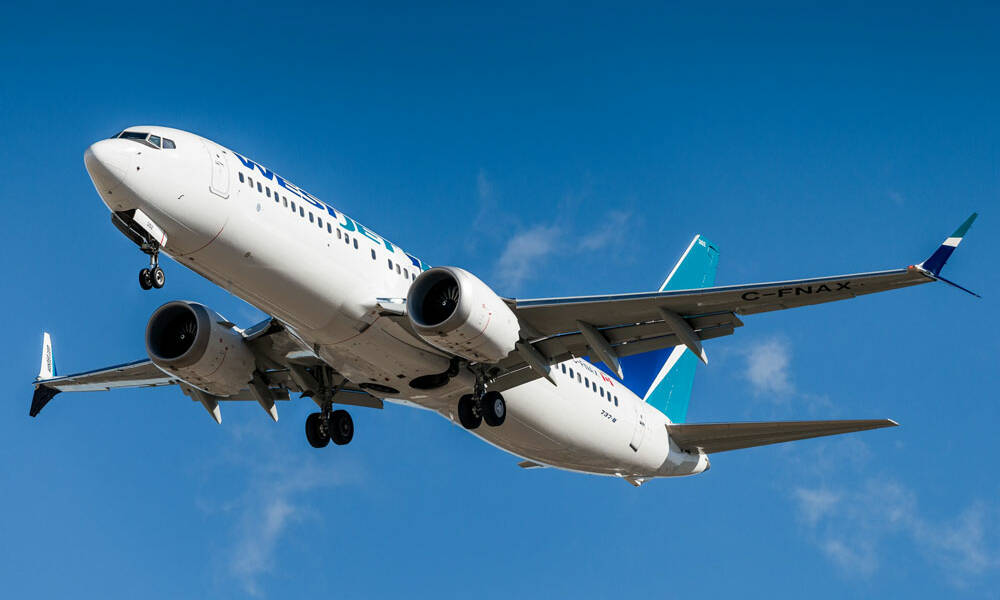
How the 737 Max’s Grounding Affects Business Travel
Issues with the aircraft, involved in two recent crashes, have led to its grounding. Even though it’s a somewhat uncommon plane, moving it out of circulation may still create headaches for travelers.
The Boeing 737 Max is grounded in many parts of the world, including the U.S.—and its maker is currently working to fix the kinks in the software of a plane whose failure has shaken the trust of flyers.
From a practical standpoint, the grounding—which came after crashes involving Ethiopian Airlines Flight 302 and Lion Air Flight 610 within the past six months—may create booking challenges for those looking to travel.
Last week, Global Business Travel Association President Christle Johnson stated in a news release that the shutdown was having a direct impact on travel for many businesses.
“As authorities across the globe have grounded planes, we are seeing immediate travel disruption,” Johnson said. “We will continue to follow these announcements closely to assess the business travel impact and will keep you apprised as we learn more.”
But even before last week’s announcement that the plane would be grounded in the U.S., questions around the 737 Max were creating a degree of chaos around the travel booking process—in part because some airlines were debating removing the planes from circulation, both nationally and internationally.
According to the travel website Simple Flying, the Max planes made up only a small percentage of the number of planes in circulation (72 out of more than 2,500 active planes in the U.S.). However, the number of flights (more than 2,000 each week) and number of seats represented (more than 355,000) created huge logistical challenges for many airlines, including the need to move new aircraft into the place of the current planes. The largest airlines in North America to have a significant fleet of 737 Max planes are Southwest and American Airlines. Southwest has moved other planes in place of the Max planes, while American Airlines strategically canceled some flights with multiple daily trips to minimize the impact.
“Overall, there is plenty of capacity globally to pick up the slack left by the departure of the 737 Max,” the website stated. “In the short term, there’s likely to be a certain amount of disruption as carriers put contingency plans in place.”
Things have calmed down to a degree in the U.S. since the ban first surfaced, but it’s still creating issues elsewhere, such as in Canada, where airlines, including WestJet and Air Canada, face challenges.
If you’re traveling soon, it might be a good idea to take a look to see if your ticket was booked on an affected plane, something you can see at the website FlightStats.com. But even if you’re not necessarily on a 737 Max, you may still run into issues if only because shifting aircraft might create ripple effects down the line.
This was something Southwest spokesperson Dan Landson alluded to in comments reported by USA Today.
“Operating an airline is a puzzle that’s put together every day and then reset when operational issues come into play,” Landson said. “When a flight is canceled, our teams look for ways to minimize the impact to all customers, including on the original canceled flight and then along the way where the aircraft/flight was scheduled to operate.”
To put it another way—until everything gets worked out, prepare for the potential for a little turbulence in the booking process.
(Acefitt/Wikimedia Commons)






Comments